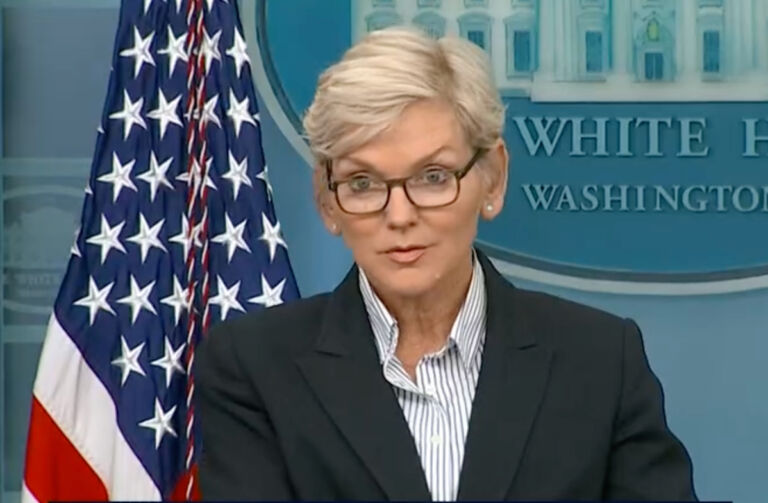In a research brief last week, I warned that several elements of the new electricity law signed by Gov. Roy Cooper “portend large increases in electricity costs for consumers in North Carolina” despite its intent being to “ensure reliable energy generation with fiscal responsibility,” in the words of bill sponsor Sen. Paul Newton, and prevent even worse rate hikes.
I demonstrate that it would take very, very strict adherence to the bill’s text to achieve that goal. And any rate hikes from this new law would be in addition to the rate hikes necessitated by Cooper’s broken pledges to North Carolinians, putting them on the hook for 90% of the estimated $9 billion coal-ash cleanup cost. Big rate increases were already on the way.
In its “Carolina Regulatory Matters” update for October 2021, Resource Supply Management (RSM) — which is an independent, objective customer agent providing energy procurement and energy management services to commercial, institutional, and industrial customers — is warning its clients about “a number of concerns.” They include:
— The Multiyear Rate Plan (MYRP), about which I wrote could result in an increase in the average household’s annual electricity bills by $116 in just the third year:
The base rates of the first year of this MYRP are to be set using actual changes in costs and revenues. However, the second- and third-rate years of the MYRP are to be based on projected incremental capital investments with the amount of each year’s increase not to exceed four percent (4%) of the electric public utility’s North Carolina retail jurisdictional revenue requirement that is used to fix rates during the first year of the MYRP. Historically, rates based on projected data have not been good for customers.
— Performance-Based Regulation (PBR) authorization, which would “decouple” the utility’s revenue from how much electricity is used by consumers and link it instead to a “performance incentive mechanism” that rewards the utility’s “performance in targeted areas consistent with [political] policy goals” (which I wrote would be like “having to pay McDonald’s not just for your cheeseburger, but also for how much fewer cheeseburgers people are eating”):
Under this provision, the Commission is authorized to approve PBR applications from an electric public utility so long as the resulting revenue increase is allocated among customer classes based upon the cost causation principle. The utility can submit a PBR as a part of its general rate requests. Historically, PBR’s have not boded well for the customer.
— Utility ownership of all standalone energy storage:
Even future energy storage will be owned by the monopoly utilities. The one exception to that position is solar and solar-plus-storage resources. The legislation allows 45% ownership share of all new generation via third party power purchase agreements. The monopoly utilities obviously lobbied to maintain their monopoly status and prevent competition. The lack of competition always leads to higher-than-necessary prices.


